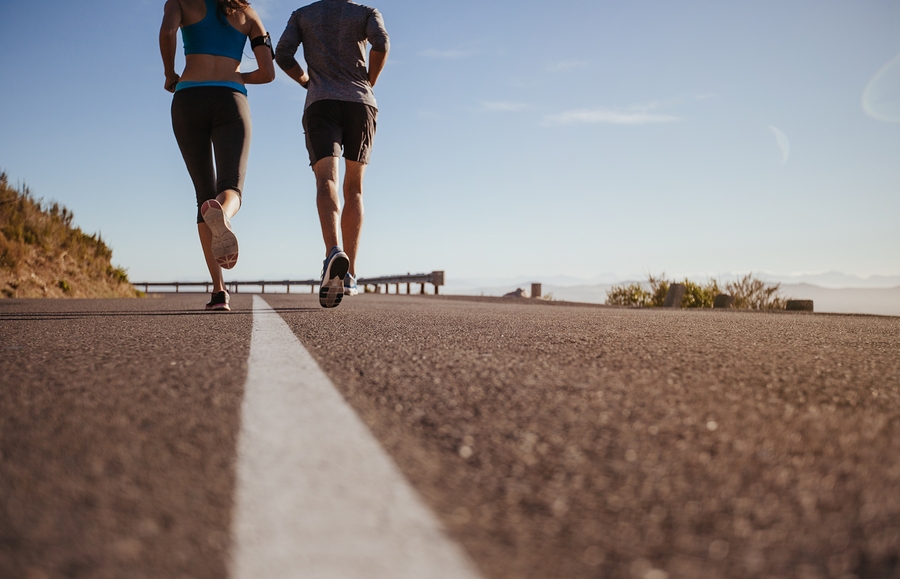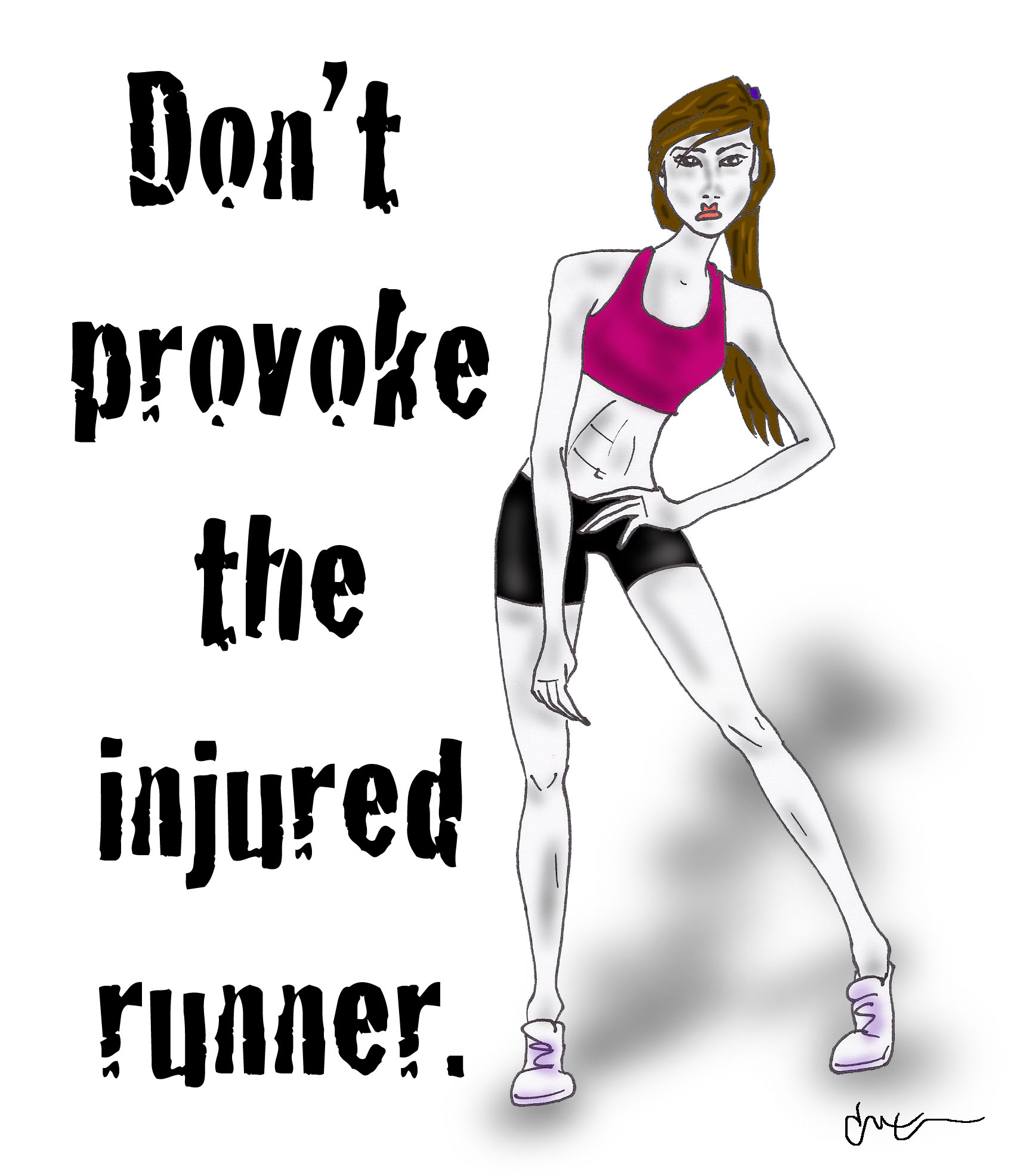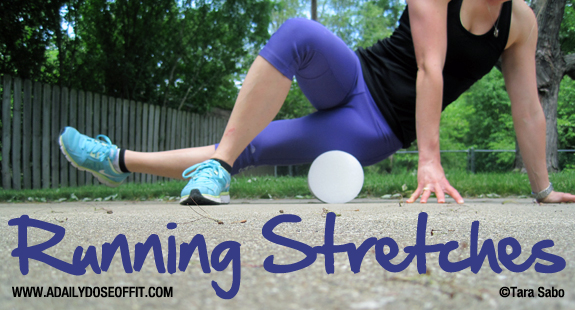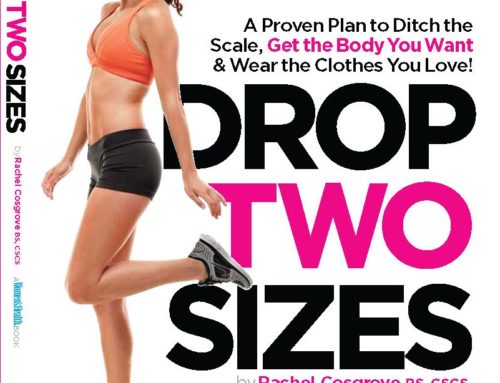Part 2: Injury and the Recreational Runner
It has been said that 70-80% of runners get injured. When we think about running injuries, how many of those injuries are cardiovascular in nature? Very few. Most of the injuries we hear about are are to the joints and muscles.
Why does this happen?
Let’s go back to Sue Ellen’s training session to talk about why so many runners get injured and the importance of getting strong enough to run.
Sue Ellen: Wow! I just thought I would sign up for a race and that would be a quick way to drop some pounds, but you’re telling me there is more involved with it.
Trainer: So much more involved! I will share with you exactly why sedentary people should not just jump up and decide to sign up for a race without preparing first.
Causes of Injury
Lack of Range of Motion
First I want you to imagine I have a rubber band here and then I put the rubber band in the freezer. I take the rubber band out and what happens?
Sue Ellen: Well I guess it’s frozen
Trainer: Right! It’s frozen, stiff, and not much flexibility. Now Imagine I start pulling it all different ways. What will happen?
Sue Ellen: It will be hard to move
Trainer: Not a lot of range of motion right? Well that’s a great visual of what happens to our muscles when we try to move our bodies in all plains of motion after they have been frozen in place for so long due to our sedentary lifestyles.
Sue Ellen: Oh I see, but wouldn’t running be good to get moving.
Weakened Stabilizing Musculature (Abdominal muscles in particular)
Trainer: Don’t get me wrong, I want to see you out moving but let’s make sure we’re smart about it. If you’re sitting at a desk all day several things happen: First your hip flexors become short and tight from them being in flexion all day from sitting. Running with extremely tight hip flexors is a great way to have lower back problems!
Sue Ellen: Yes my lower back does give me problems sometimes
Trainer: I’m not surprised. People who sit all day have weakened abdominal muscles and remember those abdominal muscles support your spine. Now remember I’m not talking about superficial abdominal muscles or the six pack people talk about. I’m talking about the deep abdominal muscles…the transverse abdominis muscles that help to stabilize your back. Think Spanx for your spinal column.
The first thing we need to do is increase your hip mobility and begin to strengthen your deep set abdominal muscles. No crunches but lots of planks! Trust me during a race you will need all of the back support you can get!!!
Sue Ellen: What should I do? Should I stretch before I run or what?
Trainer: I’m glad you asked! I recommend dynamic flexibility workouts for your hip mobility. Dynamic Flexibility is stretching while moving. I find it is crucial for improving range of motion which is what you need as someone who sits all day.
For your deep set abdominal muscles, we will start with the plank. You will start by holding it for 6 sets of 10 seconds. We can modify if necessary.
Sue Ellen: So the first thing I should do is this dynamic flexibility.
Trainer: Yes and I will cover it more later on down the line.
I just wanted to give you an idea of how to begin to prepare your body to run. I wanted to talk more about why people get hurt when they sign up to do these races.
Lack of Preparation/Pre-season
The general rule of thumb is that it takes 6 months to prepare for a 26.2 mile race and 3 months for a 13.1 mile race, but I believe that if you are a sedentary person who hasn’t run before, you need to do pre-work before even signing up to train for the race. My general recommendation is at least 12 weeks of pre season before even signing up to train for a race.
Too many people join these running groups and their bodies aren’t prepared to be put through that type of stress and work load. One must train in a progressive manner. A great way to get injured is to go from 0 to 60 mph. NFL athletes train all offseason to get stronger, faster, and to prevent injury during the brutal NFL season. They don’t just sit around all offseason and then get up for the season. They do their pre work even before the season begins.
Too much stress on the joints/Poor Form and Technique
Generally when people want to take up running to get back into shape, they are carrying a few extra pounds. All of that extra weight is a lot of impact to the joints.
I recommend that clients go and have their gait analyzed so that they can get the proper footwear for their running style and also so they can get pointers on their form and technique. Poor form and technique is a big cause of running injury. Remember it starts from the ground up so poor running technique can definitely contribute to injury.
Sue Ellen: Wow! That’s a lot to digest!!!
Review
Trainer: You’re right and so let’s review what we’ve talked about as far as injury is concerned.
-
Being sedentary and just getting up and starting to run is like putting a rubber band in the freezer and then trying to pull it in all different directions. There’s not much range of motion
-
Sitting all day produces weakened abdominal muscles and tight hip flexors. We need to work on hip mobility using dynamic flexibility exercises and also perform planks to strengthen abdominals.
-
People need to do pre work before they even sign up to do a race. My general recommendation is 12 weeks of pre-work before training for a race. It will depend of course on your conditioning level.
-
It would be better to lose extra pounds before starting to run to minimize the impact on the joints
-
Running starts from the ground up and so to minimize injury it’s recommended that you go to a footwear store to have the gait analyzed and that you can be fitted for the proper running shoes.
Sue Ellen: Wow!!! Thank you so much!! Can you tell me more about the dynamic flexibility workout you mentioned?
Trainer: Yes of course, but first we need to address your tissue quality. The stuff that surrounds your muscles.
To be continued in Part 3 of Getting Fit to Run! Soft Tissue work! Get your foam roll ready!








Leave A Comment